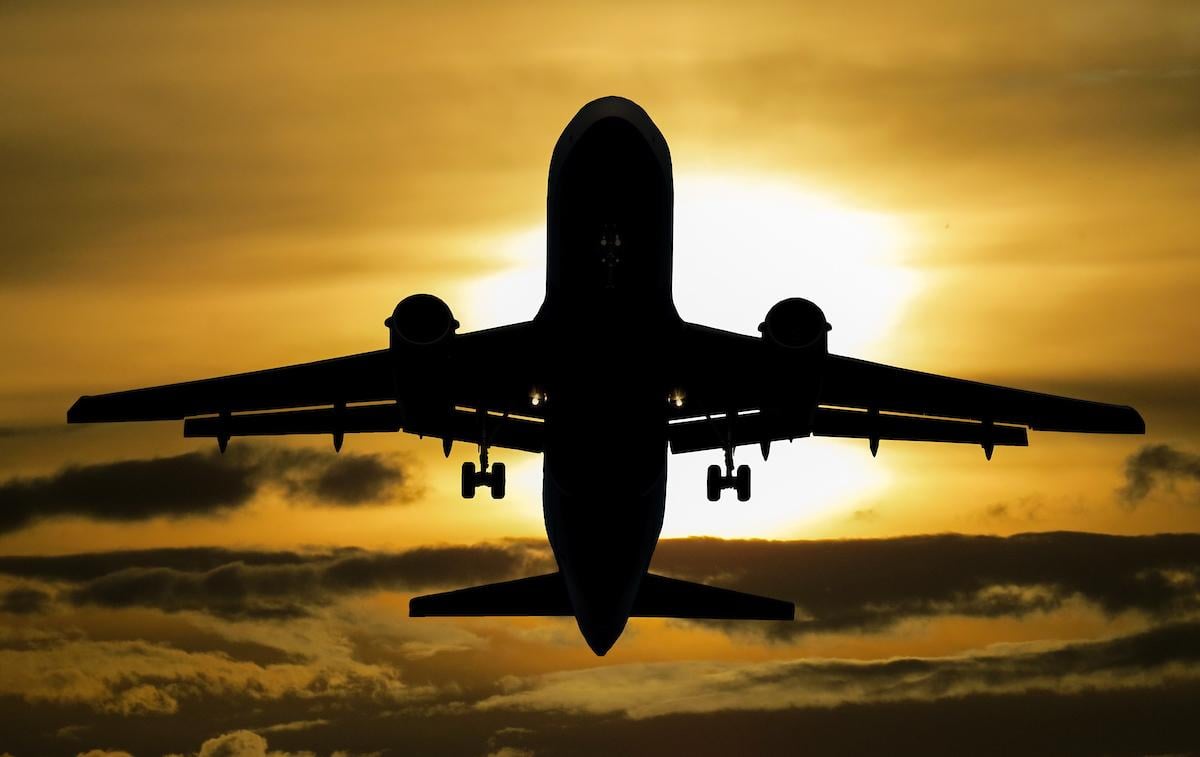NTSB Turbulence Accident Risk Mitigation Targets Better Reporting, Onboard Precautions

Credit: FAA
More consistent reporting, better forecasting, and more proactive onboard risk-mitigation measures such as wearing seatbelts and protecting cabin crew are keys to reducing turbulence-related accidents and related injuries, an NTSB study on the issue found. The board used its conclusions as the basis...
Subscription Required
This content requires a subscription to one of the Aviation Week Intelligence Network (AWIN) bundles.
Schedule a demo today to find out how you can access this content and similar content related to your area of the global aviation industry.
Already an AWIN subscriber? Login
Did you know? Aviation Week has won top honors multiple times in the Jesse H. Neal National Business Journalism Awards, the business-to-business media equivalent of the Pulitzer Prizes.
